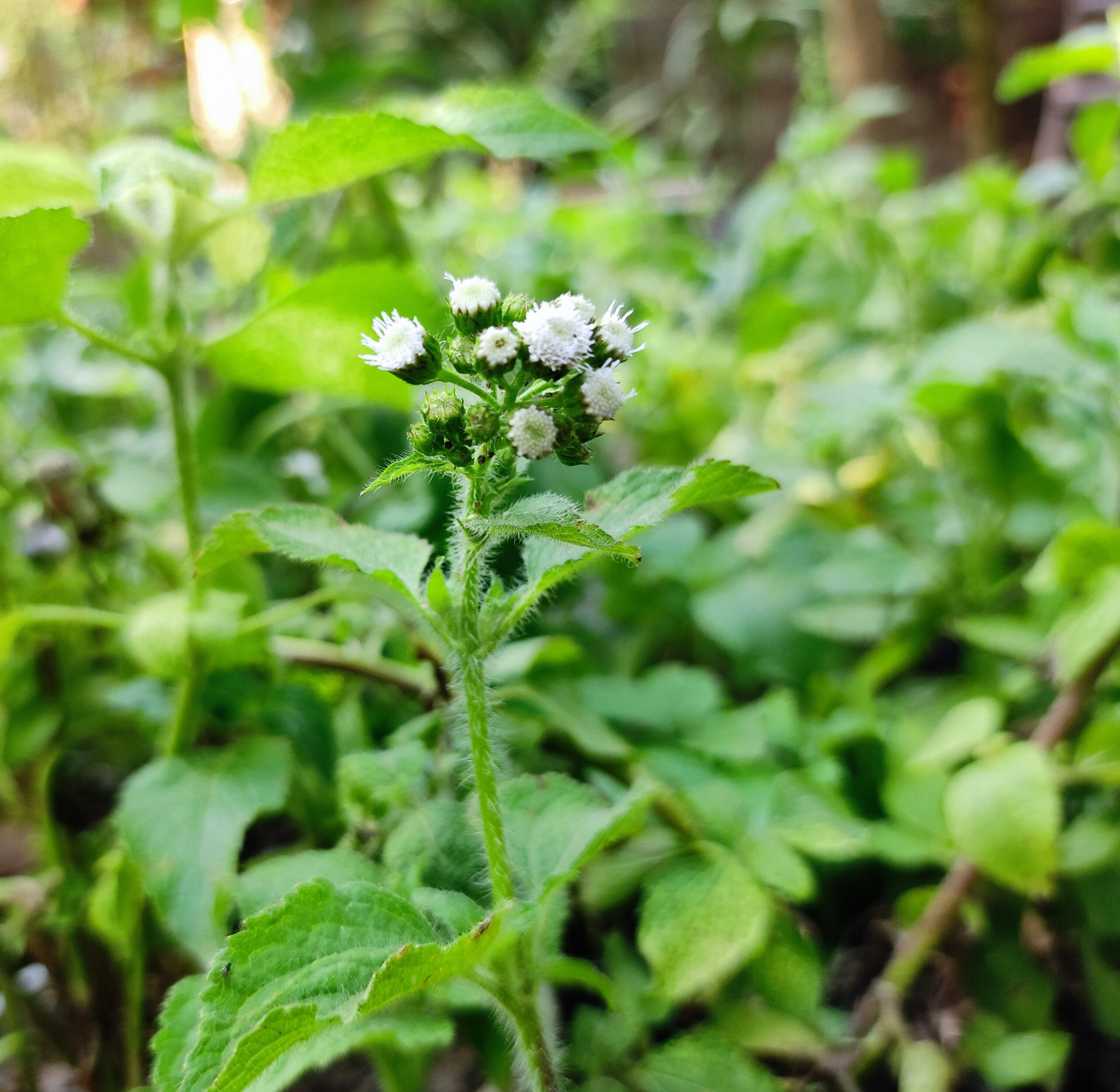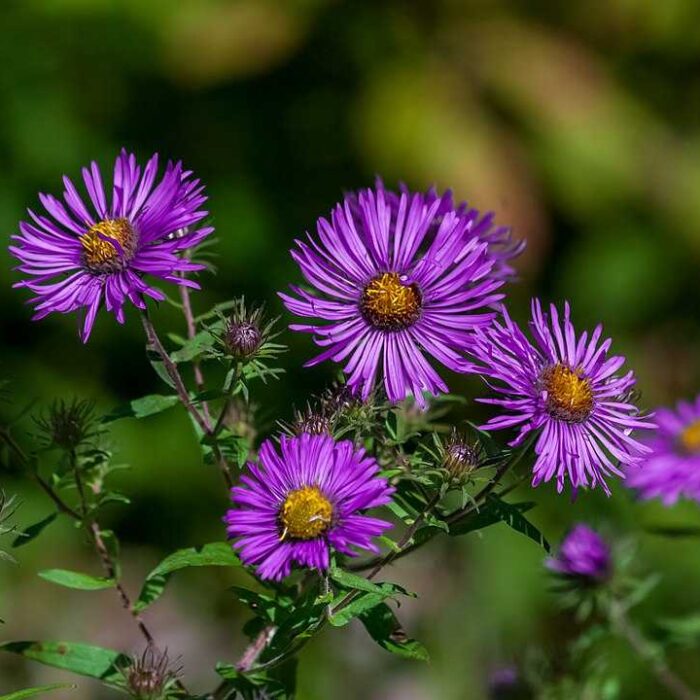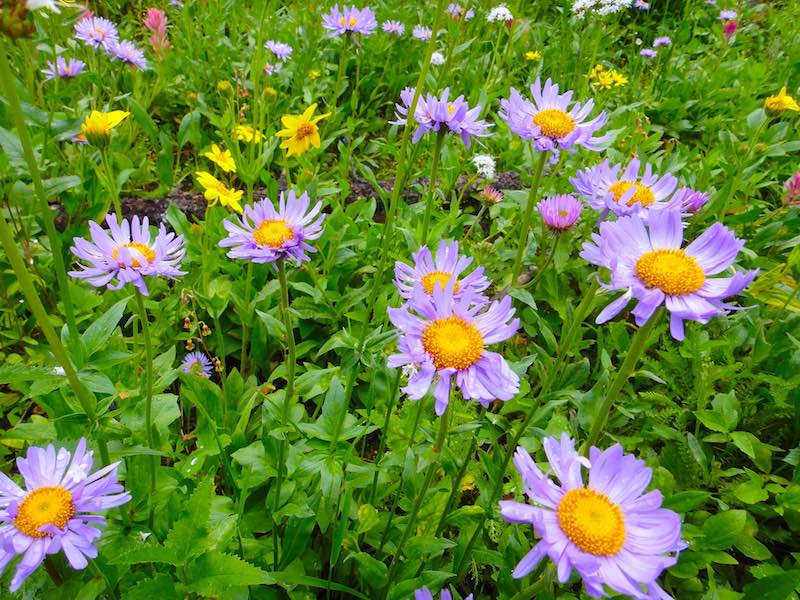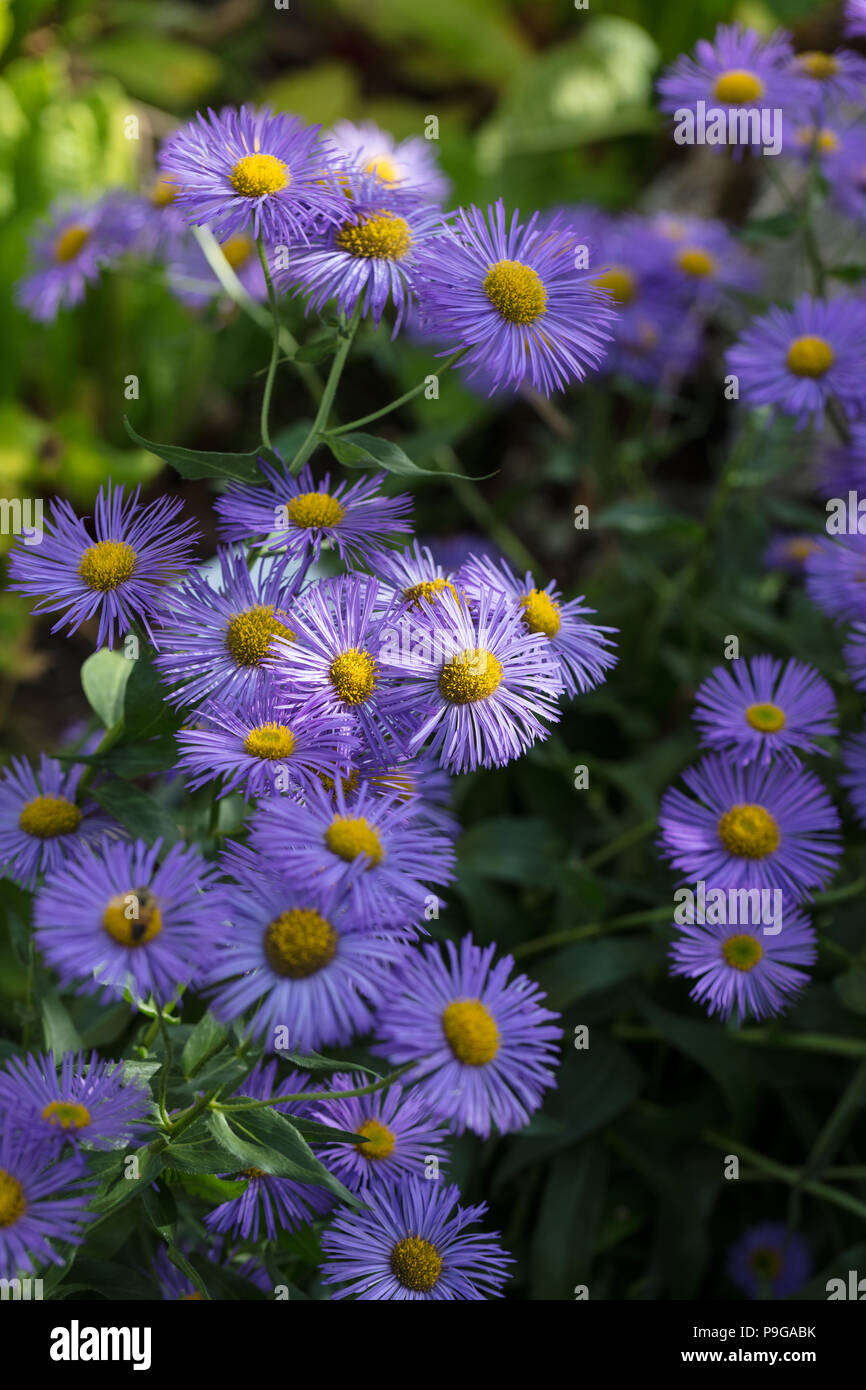
Sahadevi Plant Purple Fleabane Plant Benefits And Astrological Importance
Indications Adverse effects Interaction with medicines, supplements Ayurvedic formulations Research Sthanika Karma (Systemic Action) Vernacular names Sahdevi - Names in different languages: Hindi name- Sahadevi, Sahdebi, Sahadebi English name- Purple fleabane, Little ironweed Bengali name- Kukasim Gujarathi name- Sadori Kannada name- Sahadevi

Purple Fleabane 4 Photograph by Amy E Fraser
Celebrate summer with lilies, daylilies, purple coneflower, black-eyed Susan, and summer-blooming annuals. Armloads of flowers continue in fall with Japanese anemone, aster, Joe Pye weed, and balloon flower . Fleabane Care Must-Knows Plant fleabane in full sun and average dry-to-medium well-drained soil.

Purple Fleabane Facts, uses, how to grow and care tips
Vernonia cinerea L., also known as purple fleabane, is a plant with traditional uses in various cultures for its medicinal properties. 1 It has been used to treat respiratory infections, digestive disorders, and skin conditions. Scientific studies have shown that Vernonia cinerea possesses antimicrobial, anti-inflammatory, and antioxidant properties, making it a promising candidate for the.

Prairie Wildflowers Purple Fleabane End of Season
Fleabane daisy growing in full sun sites with moist but well-drained soils perform well for a range of applications, with the taller hybrids commonly used as specimen plants or in groupings; shorter hybrids are ideal for adding color to rock gardens. There is some risk of fleabane wildflowers growing leggy in rich soils. Care of Fleabane

Buy Sahadevi Plant Online for Vastu Purple Fleabane, Sahdevi Plant for
Growing Fleabane: Tips at a Glance. Sun lover fleabane is a dependable daisy that will add fairy-like flowers to the front of a border. Keep this perennial happy with well-drained soil, room to spread, and companion cottage garden plants such as lady's mantle and lamb's ear. Type Flowering ground cover ; Lifespan Perennial ; USDA Zones 3-10

Purple Fleabane Perennial garden, Perennials, Purple
4. Buy Plants. Erigeron karvinskianus (Mexican Daisy) is a graceful, trailing, woody-based perennial noted for its endless production of small daisies almost year-round. Opening white, the delicate flowers turn soft pink, fade to purple and attract butterflies and bees. Hugging the ground, this charming groundcover forms a low mound of narrow.

Buy Purple fleabane (Sahadevi/Kesavardhini) plant online Vibrant and
Erigeron Formosissimus, Beautiful Fleabane. The light purple (occasionally pink or white), narrow ray florets of erigeron formosissimus number between 75 and 150 and are around half an inch in length, surrounding a center of several hundred disc florets, initially greenish, later yellow. The phyllaries underneath the flower heads are green with.

008PurpleFleabane Calgary Guardian
Purple Fleabane is the popular name given to a species of flowering plant native to North America that belongs to the family Asteraceae and is known scientifically as Erigeron Purpuratus. Both Alaska, which is a state in the United States, and Yukon, which is in Canada, are home to this species (part of Canada). Purple Fleabane: Key facts

purple fleabane (Erigeron purpuratus)
Woolly fleabane ( Erigeron lanatus) is a member of the sunflower family, Asteraceae, the largest plant family in the world with 23,000 species. In North America, Eurasia, and Africa, there are approximately 200 species, with 62 occurring in North America. The genus Erigeron, commonly known as a fleabane, is a daisy-like flowering herbaceous.

Purple Blooms on a Fleabane Erigeron Plant Stock Image Image of plant
E. 'Wayne Roderick': A California native and an evergreen perennial, at maturity it is 12 inches tall and forms a 24-inch clump bearing a profusion of lavender-blue flowers. Clay tolerant, perfect for edging, and excellent at attracting native bees and butterflies. This daisy also shrugs off salt spray, wind, and low water.

purple fleabane (Erigeron purpuratus)
Sahadevi - The Purple Fleabane Plant - An Introduction. The Sahadevi plant, scientifically known as Vernonia Cineria or Cyanthillium Cinereum, is a medicinal herb found in India. It has been used for centuries in traditional medicine due to its numerous health benefits. It belongs to the Asteraceae family.

Erigeron peregrinus 'Tall Purple Fleabane' Bow Valley Prov… Flickr
Fleabane flower heads range from white to pinkish to pale purple. Reproducing only from seed, fleabane is easy to control through mowing or pulling—no tenacious taproot to dig out, persistent rhizomes to unearth, or exuberant seed production to worry about.

Purple Buds of Fleabane Plant Stock Image Image of blossoming, blooms
It is also commonly referred to as purple fleabane due to its attractive purple flowers. The plant typically grows up to 1-3 feet tall and features lance-shaped leaves with serrated edges. Its vibrant flowers bloom during the warmer months, making it an excellent addition to gardens and indoor spaces.

Purple fleabane hires stock photography and images Alamy
Description The species may be annuals, biennials, or perennials. They are well-branched with erect stems, characterized by their numerous white, lavender, or pink ray flowers and yellow disc flowers. Some members of this group have no ray flowers. The pappus (=modified calyx, forming a crown) is shorter than in Aster, and consists of bristles.

Purple Seaside Fleabane in a Garden Stock Image Image of plant
Erigerons, also known as fleabane, are low-growing, clump-forming plants grown for their pretty, daisy-like flowers. There are many varieties, but the most widely grown is Erigeron karvinskianus, or Mexican fleabane, which bears masses of small flowers over a very long period, often from May to the frosts in autumn.

Purple Fleabane Wild flowers, Plants, Purple
The Common and the Daisy Fleabane are the host plants for the Lynx Flower Moth ( Schinia lynx) which can be found in Wisconsin and throughout most of the states east of the Rocky Mountains. They are pollinated by a variety of bees and flies. Wasps, small butterflies and other insects also nectar on these plants.